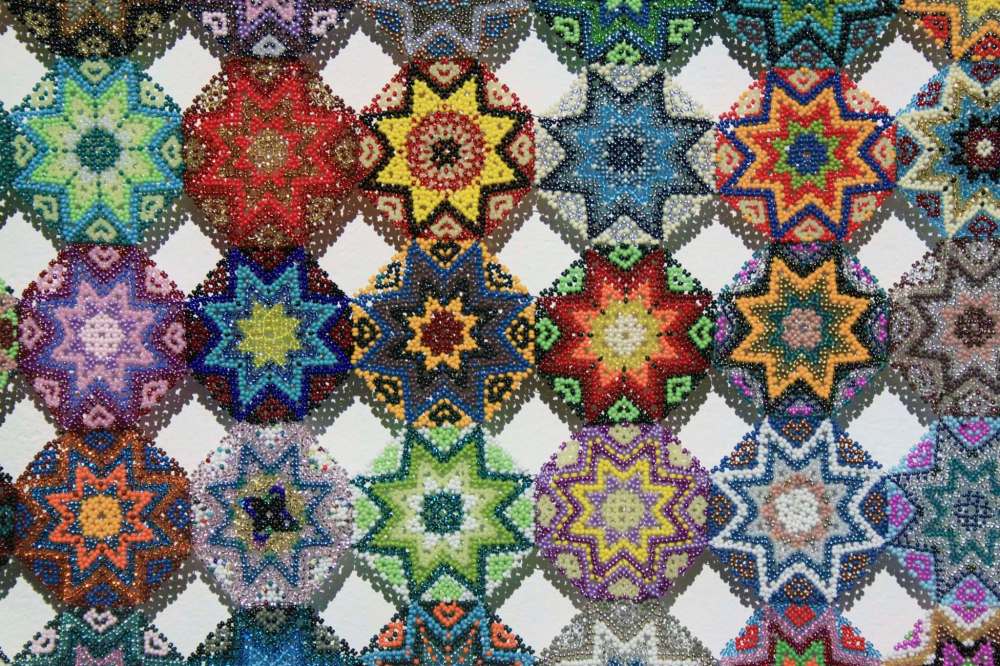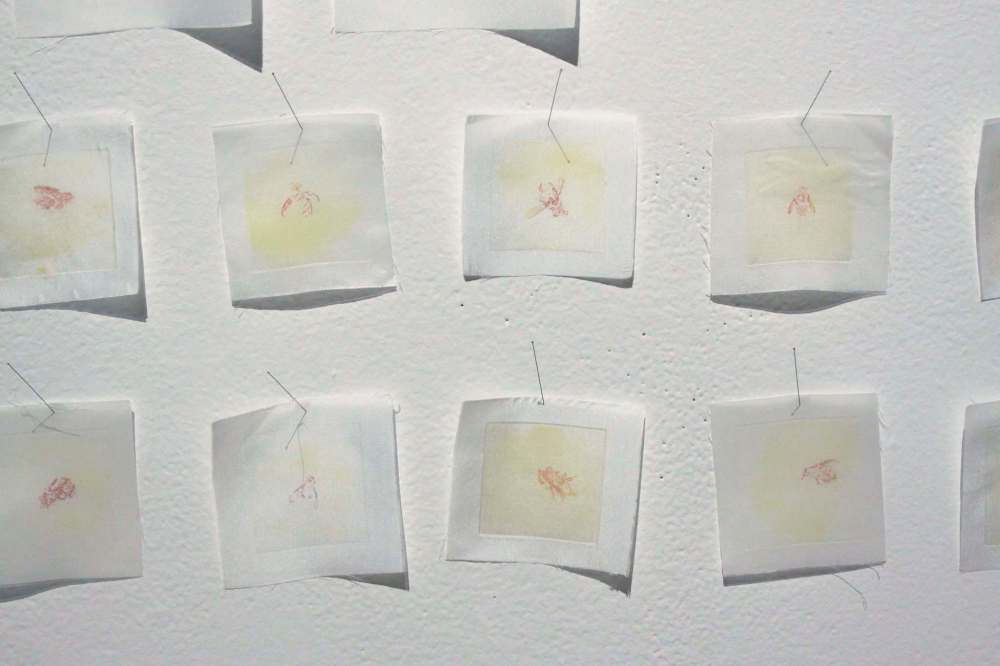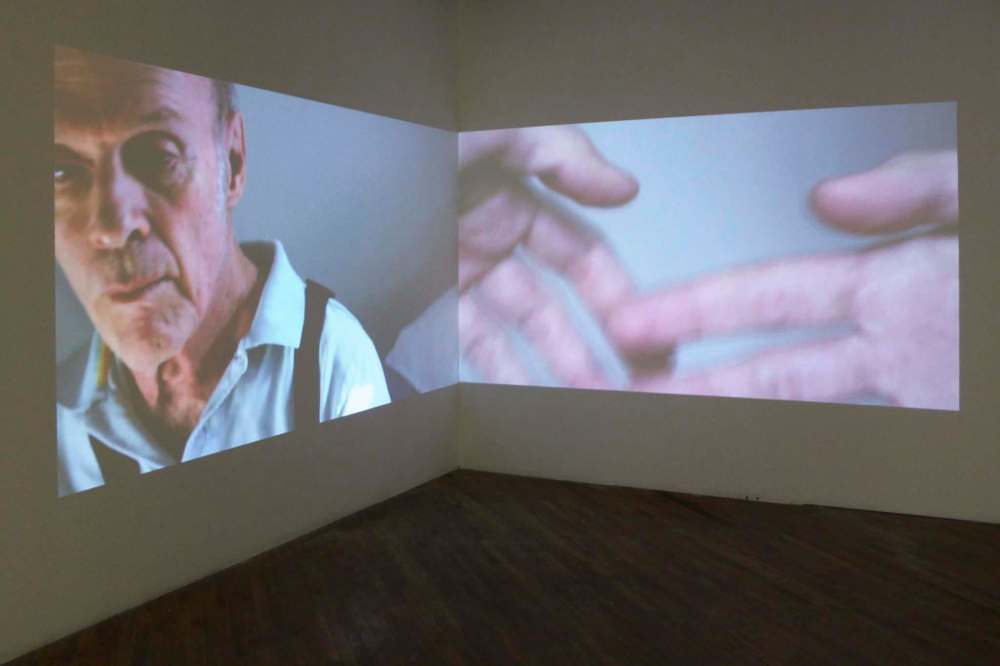Graduates of mentorship program showcase skills they don’t teach you in art school
Advertisement
Read this article for free:
or
Already have an account? Log in here »
To continue reading, please subscribe:
Monthly Digital Subscription
$0 for the first 4 weeks*
- Enjoy unlimited reading on winnipegfreepress.com
- Read the E-Edition, our digital replica newspaper
- Access News Break, our award-winning app
- Play interactive puzzles
*No charge for 4 weeks then price increases to the regular rate of $19.00 plus GST every four weeks. Offer available to new and qualified returning subscribers only. Cancel any time.
Monthly Digital Subscription
$4.75/week*
- Enjoy unlimited reading on winnipegfreepress.com
- Read the E-Edition, our digital replica newspaper
- Access News Break, our award-winning app
- Play interactive puzzles
*Billed as $19 plus GST every four weeks. Cancel any time.
To continue reading, please subscribe:
Add Free Press access to your Brandon Sun subscription for only an additional
$1 for the first 4 weeks*
*Your next subscription payment will increase by $1.00 and you will be charged $16.99 plus GST for four weeks. After four weeks, your payment will increase to $23.99 plus GST every four weeks.
Read unlimited articles for free today:
or
Already have an account? Log in here »
Hey there, time traveller!
This article was published 05/01/2017 (3222 days ago), so information in it may no longer be current.
Teaching art often begins with the “elements and principles of design” — line, shape, form and volume, balance, emphasis, etc. — the building blocks, it’s understood, of a “successful artwork.” Others crucial elements can sometimes get overlooked.
What type of line draws together a family or community, for instance? Is it dark or light, loose or precise? What is the shape of caring? What form or volume can encapsulate grief? What if, instead of “balance” or “emphasis,” a work of art aimed for reconciliation, compassion or relief?
Caregivers of all kinds understand these other principles, know the motions in their bones and muscles. At Aceartinc., the eight emerging artists in The Body Holds What It Knows, graduates of the yearly Foundation Mentorship Program at Mentoring Artists for Women’s Art (MAWA), work to give them lasting form.

A haunting double projection by Natalie Baird records tender, disjointed impressions of the artist’s visits with her father, who lives with Parkinson’s disease and dementia. Hands fumble, shadows strain to touch, faces come in and out of focus, but a slender, shimmering line of contact persists.
Carolyn Mount’s Urns for Healing recall Lee Bontecou’s steel-and-canvas constructions and Judith Scott’s enigmatic wrapped forms at a more intimate scale. Sketchy wireframes sheathed and bound in salvaged fabric become abstract but tangible vessels for loss and the yearning to reconnect.
Stuffed into dresser drawers with balls of twine, bottles of teeth, and bones, Melanie Wesley’s frenetically embroidered, half-formed fabric effigies take on lives of their own.
Valérie Chartrand and Kelly Ruth each examine the interconnectedness of natural and human ecologies through the lens of labour. Chartrand’s busy take on The Last Supper comprises beehives crammed with photos, prints and other offerings to warn of and ward off colony collapse. Ruth’s Coral Reef Studies weave together wool, conductive thread, blinking LEDs, and a soundscape of crashing waves and foreboding, mounting rhythms.
Looking inward, Kristin Snowbird narrates the transformative experience of her first sweat lodge ceremony in an installation of video and beaded campfire stones. Tracy Fehr, meanwhile, imagines herself a domestic goddess in the classical sense, embroidering a baroque self-portrait as the Greek hearth goddess Hestia. Ceramic bowls filled with ashes and wine might be offerings, paint pots, or just dirty dishes, collapsing domestic, artistic and celestial spheres.

Becca Taylor enlisted volunteers for her aptly titled We Made This Together, a blanket of 168 glittering beaded medallions. A jewel-like microcosm of the community that produced it, the compact piece contains seemingly limitless variation, and its possible to imagine its repeated motifs extending in all directions forever.
That, in a real sense, is the aim of MAWA’s mentorship program — to help women embarking on careers as artists discover the forms and vocabularies, elements and principles that will carry them forward.
Steven Leyden Cochrane is a Winnipeg-based artist, writer and educator.



